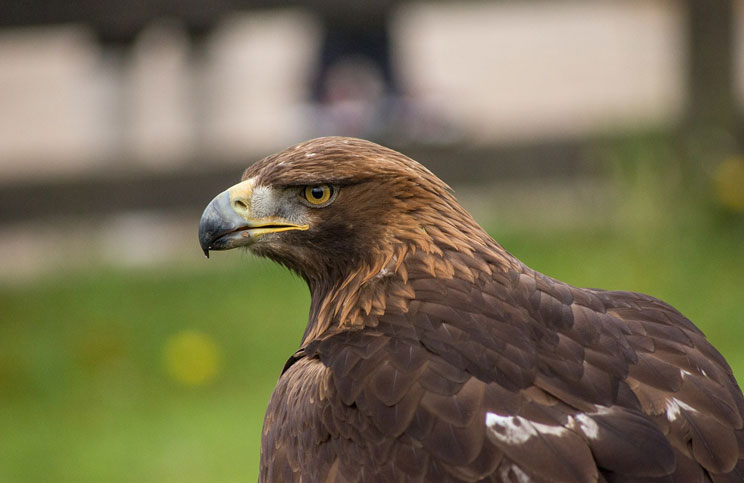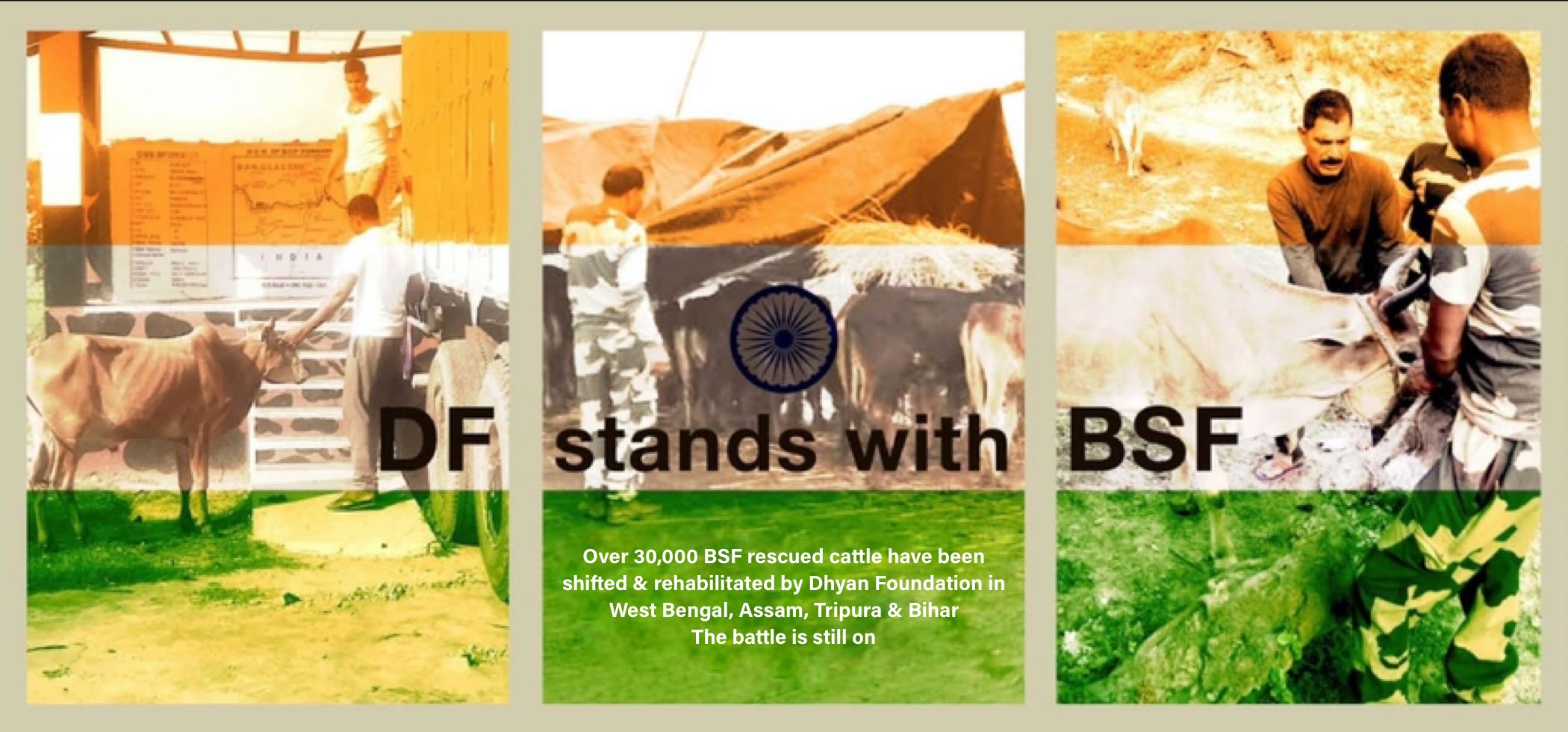The world doesn’t seem to have learnt a lesson from one of the biggest and most dramatic wildlife crisis that happened in the last half a century. A killer drug that brought the Indian vulture population on the brink of extinction, now threatens other raptor (birds of prey) species.
An alarming discovery in a research paper published in the Cambridge University Press Journal in May 2014 highlights the detrimental effects of the veterinary drug ‘diclofenac’ on eagles and other raptor species.
Currently the focus is on the population of eagles after corpses of two Steppe Eagles were found in Bikaner, Rajasthan towards the end of 2013. A post mortem by members of the Indian Veterinary Research Institute found signs of renal failure. A deeper research found traces of diclofenac in their tissues at the same level at which it was found in vultures.
The institute suggests that Steppe Eagles (of the Aquila genus) may not be the only birds at risk. According to a report published on the ‘New Scientist’ website, five of the eight species in the Gyps genus (Vultures) are susceptible to the effects of the drug. Therefore, if Steppes are susceptible, other eagles of the Aquila family might also be at a huge risk.
Although the drug is already banned in India, the enforcement of this rule is lax. Many people in rural areas still use it for reducing pain and inflammation in cattle. It is the need of the hour that the ban should be reinforced strictly or else we might lose our vulture population completely and put eagles on the verge of extinction.
The sad part is that it is not just India but countries like Europe and Africa that also use diclofenac rampantly, putting the population of raptor species in these areas under a serious threat. Many countries in the European Union are manufacturing and pressing for the use of diclofenac. Conservationists view this as a serious blunder. There have been reports from Scotland that their native eagle specie, the Scottish Golden Eagle, is also under threat from the drug. Similar reports have come from Spain as well.
The use of diclofenac in 1990s in India led to the complete collapse of the country’s vulture population. Although such cases were reported across the world, India was the worst hit due to its large dependence on cattle. An article published in the ‘Huffington Post Blog’ says that diclofenac is so potent, as was later determined, that the contamination of only one percent of carcasses was enough to cause the population to collapse and here we are talking about a much larger percentage.
Another animal on the radar for rampant use of chemicals in agriculture is the honey bee.
According to a recent news report, millions of bees dropped dead after GMO corn was planted in Ontario, Canada. The local bee keeper, Dave Schuit who produces honey in Elmwood lost about 37 million bees which means about 600 hives. A new study published in the Journal Proceedings of the National Academy of Sciences revealed that neonicotinoid pesticides kill honeybees by damaging their immune system and making them unable to fight diseases and bacteria. The collapse in the global honeybee population is a major threat to crops since a third of everything we eat depends upon honeybee pollination. As India continues to import GMO corn and other vegetables as well as use such insecticides it is a reason to worry for all – the bees, the farmers and the ultimate consumers.





